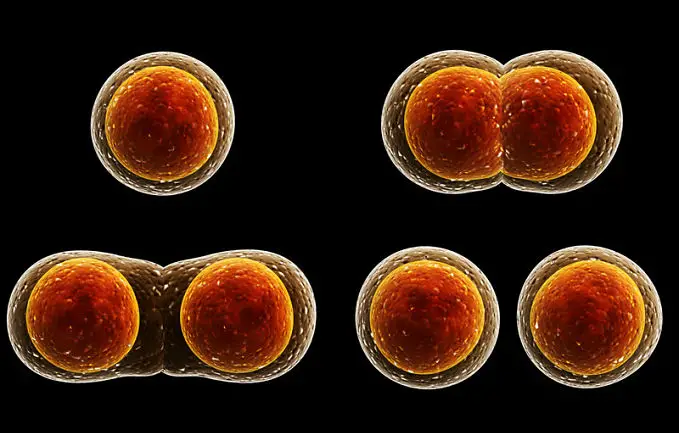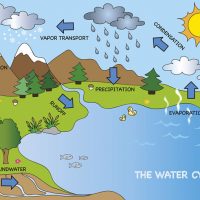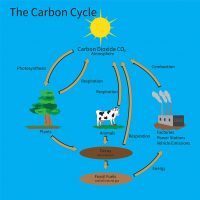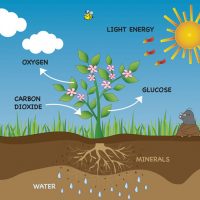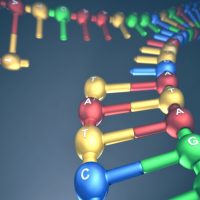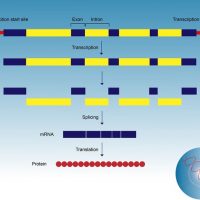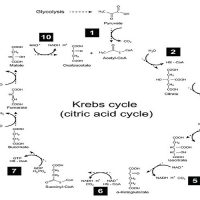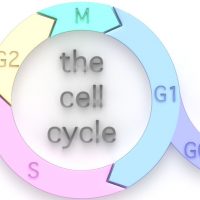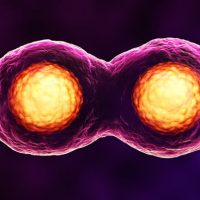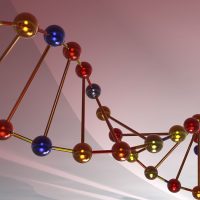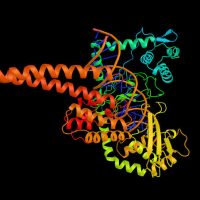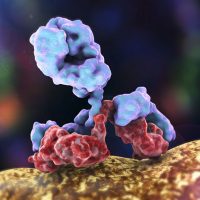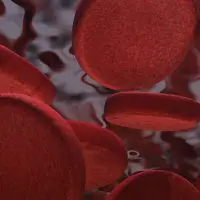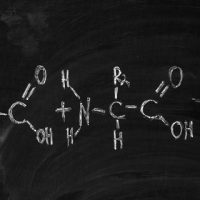What is meiosis? Meiosis is a type of cell division that occurs in specific cells in the reproductive organs.
It creates gametes, or sex cells, to allow for sexual reproduction. These gametes have only half the chromosomes compared to a normal cell, so that when it joins with another sex cell during reproduction, the resulting offspring has a full set of chromosomes. Meiosis occurs in two parts, named meiosis I and meiosis II.
Before meiosis begins, the DNA in the nucleus is duplicated. This is during interphase, while the cell is performing its normal day-to-day functions. When the DNA, normally in chromatin form, condenses into chromosomes at the beginning of meiosis, they will be X-shaped, or double-stranded. The arms of the X are identical copies of each other called sister chromatids.
All sexually-reproducing organisms have an even number of chromosomes, as they are a product of two parents that each contributed the same number of chromosomes. Humans, for example, have 46 chromosomes, 23 from mom and 23 from dad. However, they are really 23 pairs of chromosomes. People normally have two copies of each chromosome, one from mom and one from dad. These are called homologous pairs and they are the same size and shape and carry information about the same genetic traits, such as hair colour or blood type.
What is meiosis?
Meiosis is a type of cell division that occurs in specific cells in the reproductive organs. It creates gametes, or sex cells, to allow for sexual reproduction.
Meiosis I stages
Meiosis I has four phases: prophase I, metaphase I, anaphase I, and telophase I.
This is followed by cytokinesis and the resulting cells usually move directly into meiosis II, consisting of prophase II, metaphase II, anaphase II, telophase II, and a final cytokinesis. The four phases (prophase, metaphase, anaphase, and telophase) are nearly the same as the phases of mitosis, with a few key differences.
Prophase I
During prophase I the nuclear membrane breaks down, the nucleolus disappears, and the chromatin condenses into double-stranded chromosomes. Centrioles move to opposite ends of the cell and begin to form spindle fibres.
The most important part of this phase is the way chromosomes line up. In prophase of mitosis, each double-stranded chromosome lines up along the middle of the cell; in prophase I of meiosis, the homologous pairs line up together. Because of their close proximity, they usually exchange pieces of themselves with their partner. This results in new combinations of genes on each chromosome.
Metaphase I
During metaphase I the spindle fibres attach to the pairs of homologous chromosomes. The chromosome pairs are pulled until they are lined up along the middle of the cell.
Anaphase I
In anaphase I the spindle fibres shorten, causing the pairs of homologous chromosomes to be separated, putting one double-stranded chromosome at each end of the cell.
Telophase I
In telophase I the spindle fibres break down, nucleoli reappear, and new nuclear membranes form, leaving two nuclei inside one cell. The chromosomes uncoil into chromatin and then the cytoplasm of the cell divides, leaving each new daughter cell with half the number of chromosomes it had before, although they are double-stranded. Both these resulting daughter cells go on to meiosis II.
Meiosis II stages
The DNA is not duplicated before meiosis II. The phases of meiosis II are very similar to those of mitosis.
Prophase II
In prophase II, the nuclear membranes break down, the nucleoli disappear, and spindle fibres form as centrioles move to opposite ends of each cell.
Metaphase II
In metaphase II, spindle fibres attach to the centromeres of each double-stranded chromosome and line them up along the middle of the cell.
Anaphase II
During anaphase II the sister chromatids are pulled apart and move to opposite ends of the cell as the spindle fibres shorten.
Telophase II
By the end of telophase II the spindle fibres have broken down, nucleoli have reformed, and each nucleus has a new membrane around it. The chromosomes have uncoiled back into chromatin and the cytoplasm of each cell divides, resulting in four cells that have half the normal number of chromosomes.
Each resulting cell at the end of meiosis has a unique combination of chromosomes due to the crossing over that occurs in prophase I as well as the random way the chromosomes are distributed into the new cells in meiosis I. These new gametes will go on to develop into gametes and then combine with another unique gamete from a different individual, increasing the amount of variation in the offspring even more.

